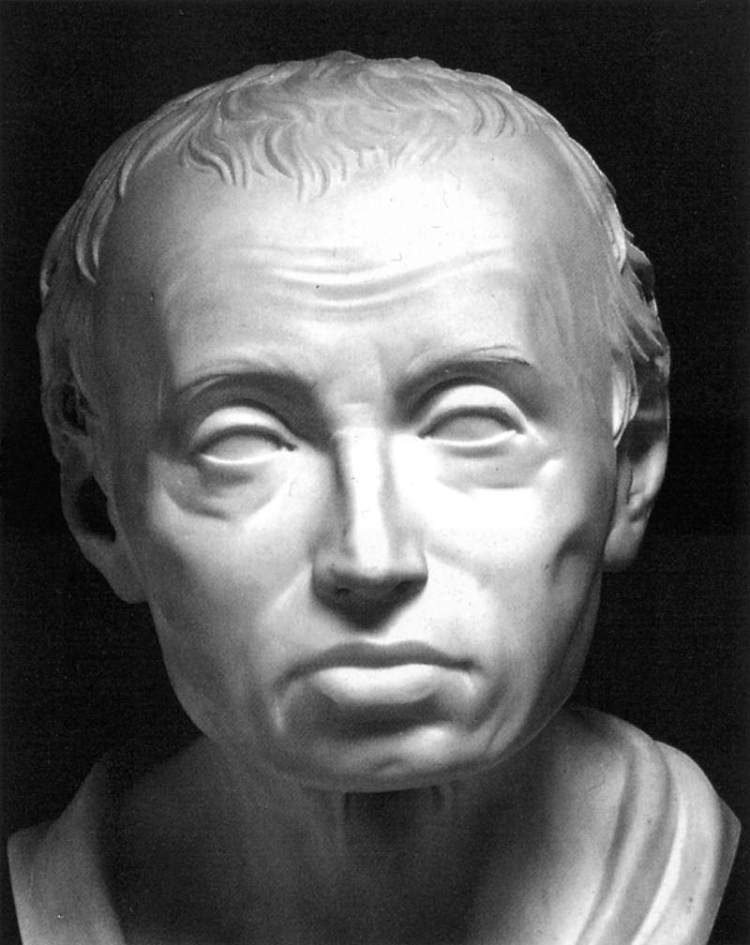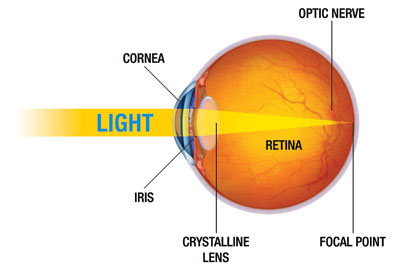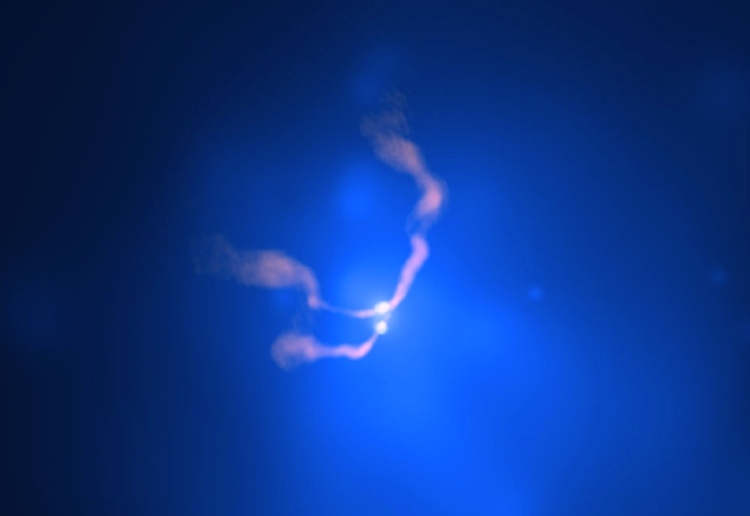
As Marx began his analysis of capitalism with that of what lay at its heart, of what suffuses it – the commodity, Foucault began his analysis of western society by describing that society in panoptic extremis – during a plague: ‘It is a segmented, immobile, frozen space. Each individual is fixed in his place…Inspection functions ceaselessly. The gaze is alert everywhere’.1 As the leper was cast out from society into a leprous community, nineteenth century society with its asylums, penitentiaries, schools and hospitals was a composite of outcasts – one built on binary divisions (mad/sane, dangerous/harmless, normal/abnormal) – and against these separated outcasts are ranged the mechanisms of power.
Foucault’s analysis moves from an abstract ideal of power – the Panopticon (designed by Bentham – proponent of the greatest happiness and felicific calculus and author of ‘If pains must come, let them extend to few’) – to its development in panoptic capitalist society. Foucault concludes ‘Is it surprising that the cellular prison…should have become the modern instrument of penalty?’2
Where Bentham’s Panopticon is comprised of a ring of seen packaged around a hub of seeing, Foucault’s panoptic society is a study in the most subtle and unrelenting pain of observation and containment, of a society in which the few masters who view are unknown, diffused amongst their subjects, and whose subjects themselves are their own impossibility of release.
The Panopticon as society is a naturalist – observing, assessing and classifying. It is a laboratory for punishment and experimentation. It supervises – its mechanisms, its personnel, its director. It functions – optimising efficiency, at the basis of society, developing the productive forces. It is institutionally enclosing while societally enforcing – from exceptional discipline to a discipline without bars, locks or chains. The permanently seen, like the chained elephant, are their own benign subjugators. We, as individuals, have become the panoptic machine state – Leviathan gazing down.
Discipline – ‘a type of power, a modality for its exercise, comprising a whole set of instruments, techniques, procedures, levels of application, targets…a technology’3 – developed in knowledge and power, has grown from quarantined and institutional to distributed and panoptic. Disciplines are now co-extensive with the state. They maximise their intensity and profitability at the lowest possible cost. They increase docility and utility. They are the ever-so-discrete techniques of capitalism.
Foucault’s entire argument is abstract and nebulous. In his discussion of panoptic capitalism he referred to class domination and the bourgeoisie once each and not once to the working class. Surplus value becomes ‘surplus power.’4 He wrote that the panopticon ‘represented the abstract formula of a very real technology, that of individuals,’5 of ‘anonymous instruments of power.’6 Observation itself is democratised – anyone can exercise the power of the gaze – ‘The seeing machine…has become a transparent building in which the exercise of power may be supervised by society as a whole.’7 – it is a point that he repeats throughout the chapter. By so doing, he obscured, in effect denied class relations. ‘Disciplines’ and ‘power’ are intentional, not those who employ them, the agents of the dominant class. Foucault wrote ‘It (discipline) must also master all the forces that are formed from the very constitution of an organised multiplicity; it must neutralise the effects of counter-power…which form a resistance to the power that wishes to dominate it.‘8
Compare this with The Communist Manifesto in which the argument is materially anchored in production and the struggle of classes. Where Marx and Engels wrote of what the bourgeoisie do, Foucault wrote of what ‘discipline’ and ‘power’ do. Where the argument of Marx and Engels exposes materially, that of Foucault is autonomous, ominous and miasmic.
Foucault did not understand how nature works, that consciousness as manifest in ‘power’ and ‘discipline’ et cetera does not fundamentally determine the movement of matter, it is a manifestation of it. His account in this chapter is nihilistic – there is no hope, no redeeming truth or principle, no way forward. Foucault did not understand the nature of ‘panopticism’ in relation to capitalism. He argued the rise of panopticism is parallel to the rise of capitalism – that just as the economic take-off of the West began with the accumulation of capital, ‘the methods for administering the accumulation of men made possible a take-off in relation to power from traditional violent forms to subtle subjection.9
He added that these two processes cannot be separated, that the ‘problem’ of the accumulation of men required ‘the growth of an apparatus of production capable of both sustaining them and using them…the techniques that made the cumulative multiplicity of men useful accelerated the accumulation of capital.’10 Even here, where Foucault is at his most confusedly concrete, he thought that ‘each makes the other possible and necessary’11 rather than it being a single process whereby, on the basis of the objective development and refinement of the means of production there was a concomitant development and refinement in the processes of human relations, consciousness and domination.

Notes
1. Michel Foucault, Discipline and Punish: The Birth of the Prison, trans., Alan Sheridan, Vintage, New York, 1995, 195 ↩
2. Ibid., 227-8 ↩
3. Ibid., 215 ↩
4. Ibid., 223 ↩
5. Ibid., 225 ↩
6. Ibid., 220 ↩
7. Ibid., 207 ↩
8. Ibid., 219 ↩
9. Ibid., 221 ↩
10. Ibid. ↩
11. Ibid. ↩
Image








